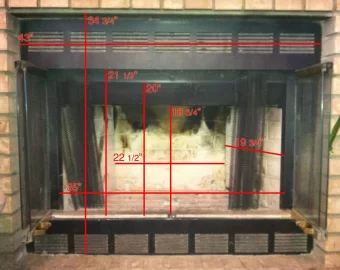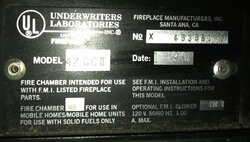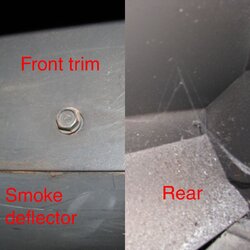- Nov 28, 2012
- 4
Looking to upgrade our inefficient open fireplace with a wood burning insert.
After reading around a bit, I am still unsure on how to properly size the fireplace opening. I have looked at several brand's sites (Quadrafire, Osburn, Lopi), and have found several possible models, but the specs don't seem to line up.
Below is a pic of my fireplace, with dimensions. My question is this...can the smoke hood be removed so that the front opening can use the full 20 or 21 1/2" dimensions? Or am I limited to only what will fit under the hood lip at 16 3/4", even though there is about 28" behind the hood to the damper?
Any input on brand recommendation would also be appreciated! I am looking to greatly supplement or replace my primary heat of my 1900 sqft home.
Thanks !

After reading around a bit, I am still unsure on how to properly size the fireplace opening. I have looked at several brand's sites (Quadrafire, Osburn, Lopi), and have found several possible models, but the specs don't seem to line up.
Below is a pic of my fireplace, with dimensions. My question is this...can the smoke hood be removed so that the front opening can use the full 20 or 21 1/2" dimensions? Or am I limited to only what will fit under the hood lip at 16 3/4", even though there is about 28" behind the hood to the damper?
Any input on brand recommendation would also be appreciated! I am looking to greatly supplement or replace my primary heat of my 1900 sqft home.
Thanks !




